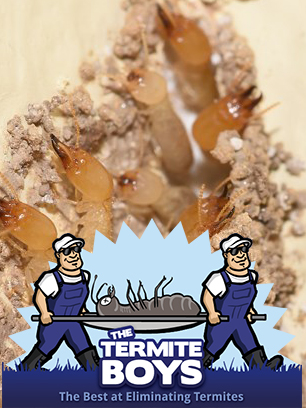There are around three thousand documented termite species in the world, and many of these species consume wood that is both living and dead. In America, termites conjure up images of dilapidated houses, but in many other parts of the world they are known primarily as pests to vegetation. Termites have heavily damaged many crops across the world, but they seem to prefer trees for obvious reasons. Termites eat wood in order to obtain nourishment from the cellulose within wood and plant matter. Every form of vegetation contains cellulose, but some forms of vegetation are more prone to termite damages than others. For example, palm trees are often damaged by tropical termite species. This is understandable since most termite species dwell within tropical and subtropical regions where palm trees are numerous.
Palm trees comprise several tree species belonging to the Arecaceae family. Both termites and palm trees are similar to each other in that neither one can tolerate cold temperatures, and they both require significant amounts of water and moisture in order to survive. These similar biological requirements make palm trees the go-to source of food for tropical and subtropical termite species. Signs of termite damage to palm trees are relatively easy to spot. The first and most obvious sign of termite damage to palm trees is wilting. If a palm tree appears weak and undernourished, termites could be the culprit. Termites bore into trees where they create tunnel networks connecting nourishing soil with tasty live wood.
Termites are sometimes spotted at ground surface near the trunks of palm trees. Many termite species are most active at the roots and bases of palm trees. Over time, termites will travel upwards along tree trunks, severely weakening, and eventually killing palm trees. Termites begin palm tree infestations near the ground so that both soil and cellulose can be easily accessed. However, termites can also prey upon palm trees for years without causing damage or being noticed. Therefore, termite inspections are important for the health of privately and publicly owned palm trees.
Do you think that any other type of tree sustains more annual termite damages than palm trees?

